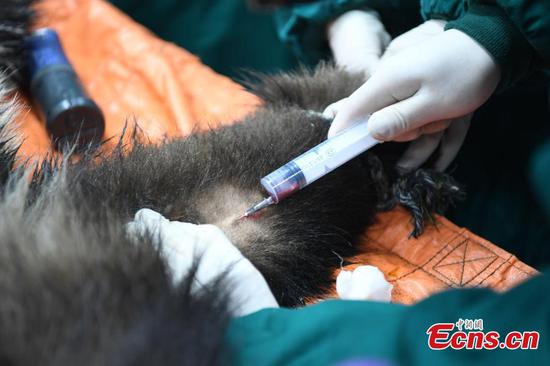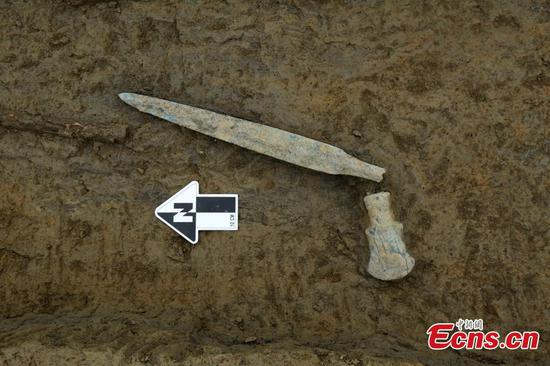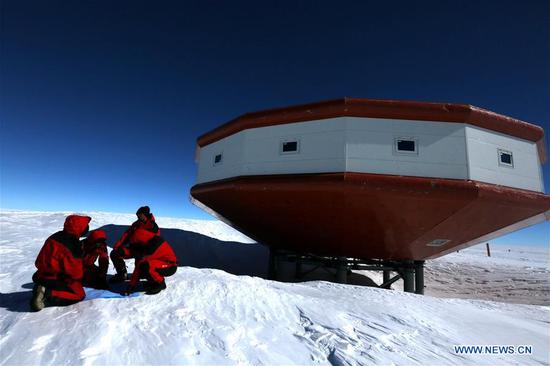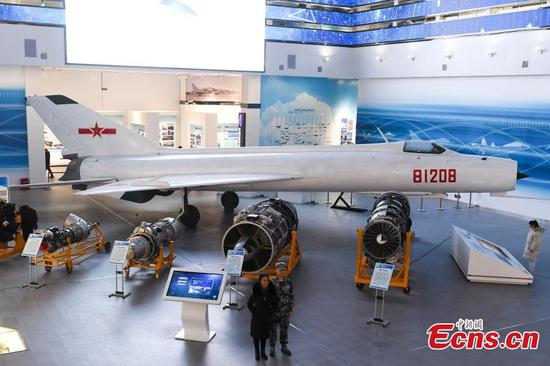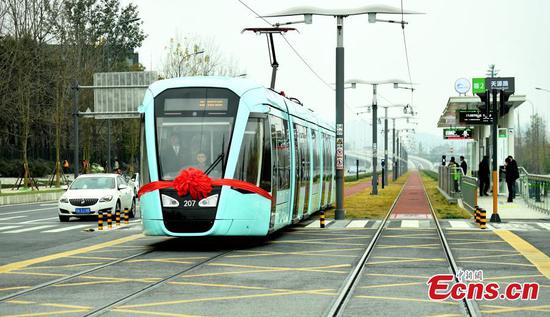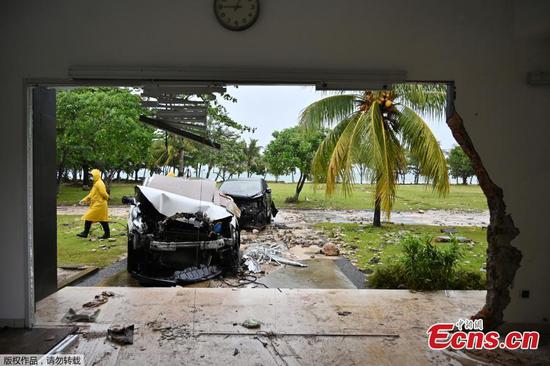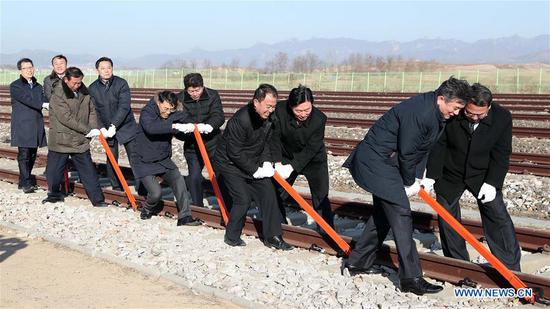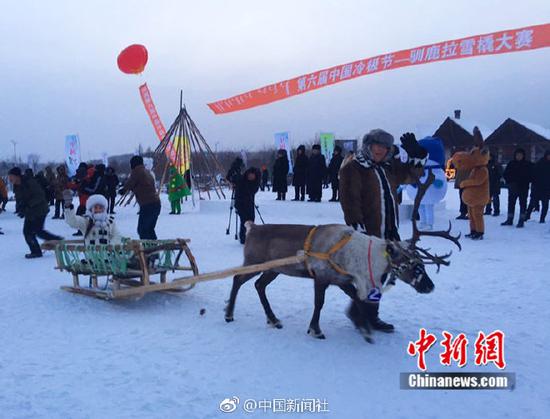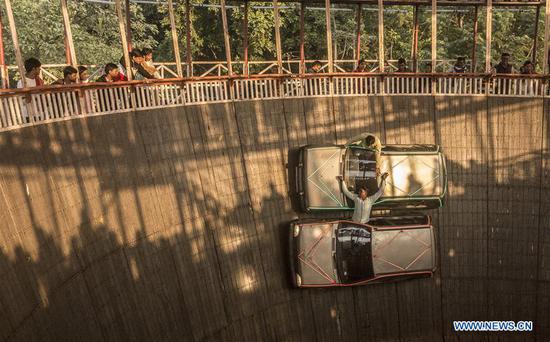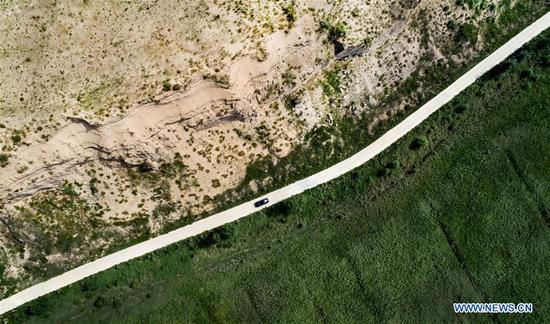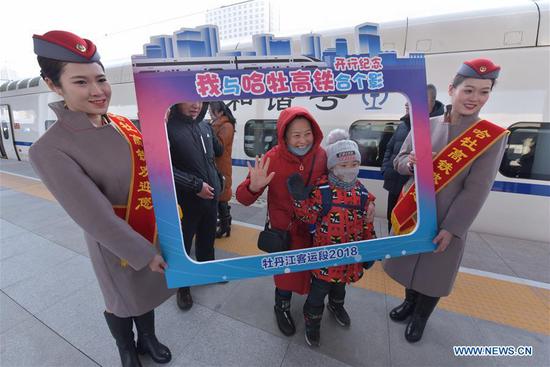
The graphene industry has developed rapidly in the Yangtze River Delta. Graphene is used in the fields of plastic materials and fibers, health products and wearable devices, April 10, 2018. [Photo by Zhong Min/China Daily]
Advanced traffic network
Experts said the area's advanced traffic network is one important factor that has enabled researchers and entrepreneurs to integrate scientific research and innovation in different places within the region and achieve product breakthroughs.
Luo Dajin, deputy director of the Shanghai Municipal Science and Technology Commission, said 18 high-speed rail lines operate in the region, making it the country's most developed area in this form of transportation.
According to the China Railway Shanghai Group, 34 of the 41 cities in the region have high-speed rail links, and the construction of railways within the region will be maintained at a high level this year. Investment in these railways in the area accounted for one-sixth of the national total this year.
Luo said that last year more than 28 million trips were made on public transportation in 20 of the region's cities, including those in Jiangsu and Zhejiang provinces and Shanghai, by using travel cards from other cities in the delta region.
"The figure accounted for 80 percent of country's total for such payments, which illustrates the greater flow of people within the delta region," he said.
Yu Weiguo, director of the Jiaxing Optoelectronic Engineering Center at CAS, said he had traveled frequently between Jiaxing and Shanghai for project collaboration since taking up his job in 2013.
"More than 70 of our 700 or so employees come from Shanghai, and nearly 50 travel between the two cities every week," said Yu, a Shanghai native.
"For me, after all this time spent driving between the two cities, I find the time has been reduced, and it now takes only 90 minutes," he said.












